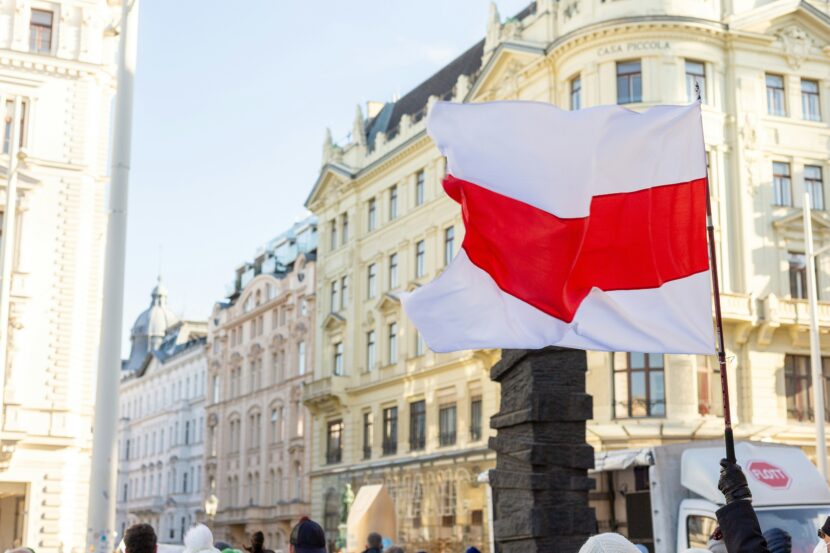Introduction
Poland and Russia have long shared a turbulent history, marked by wars, occupations, and ideological divides. In 2025, their relationship has reached a new inflection point, driven by escalating drone incursions, military exercises near shared borders, and NATO’s strategic recalibrations. This article explores the current state of Poland–Russia relations, the historical backdrop, recent provocations, and the broader implications for European security.
🕰️ Historical Context: A Legacy of Conflict and Distrust
- Medieval Rivalries: The roots of Polish–Russian tensions date back to the Middle Ages, with territorial disputes over regions like the Cherven Cities.
- Partitions and Occupations: Poland was partitioned by Russia and other powers in the late 18th century, and later occupied during the Soviet era.
- Post-Cold War Shift: After the fall of communism, relations briefly warmed, especially under leaders like Mikhail Gorbachev and Boris Yeltsin.
- Modern Strains: The 2008 invasion of Georgia, 2014 annexation of Crimea, and 2022 invasion of Ukraine reignited Polish skepticism toward Moscow.
🚨 2025 Flashpoint: Russian Drone Incursions into Polish Airspace
In September 2025, Poland reported that 19 Russian drones violated its airspace, prompting a swift military response and the invocation of NATO’s Article 4.
Key Developments:
- Drone Intrusions: Drones entered Polish territory amid Russian strikes on western Ukraine, near the Polish border.
- Polish Response: Fighter jets were scrambled, and several drones were shot down. Prime Minister Donald Tusk labeled the incident a “significant provocation”.
- NATO’s Reaction: Poland’s invocation of Article 4 triggered emergency consultations among NATO members.
Strategic Implications:
- Testing NATO’s Resolve: Analysts suggest Russia may be probing NATO’s readiness and unity.
- Hybrid Warfare: The drone incidents are seen as part of Russia’s broader hybrid warfare strategy, blending conventional and unconventional tactics.
🛡️ NATO’s Balancing Act: Deterrence vs. Escalation
The drone incursions have placed NATO in a delicate position—balancing deterrence with the risk of escalation.
NATO’s Measures:
- Military Exercises: Poland launched “Iron Defender-25,” involving 30,000 troops and 600 military assets.
- Article 4 Consultations: While Article 5 (collective defense) was not invoked, the alliance’s swift response signaled solidarity.
- Peacekeeping Debates: Discussions are underway about deploying European peacekeepers to Ukraine, a move Moscow considers a red line.
Expert Perspectives:
- Mick Ryan of the Lowy Institute described the drone violations as “probing” NATO’s air defenses.
- EU foreign policy chief Kaja Kallas called the breach “intentional, not accidental”.
🚧 Border Closures and Regional Security Measures
In response to Russia-led military drills, Poland and Lithuania have taken decisive steps to secure their borders.
Zapad-2025 Military Exercises:
- Scale and Scope: Up to 13,000 troops involved, with simulations of nuclear scenarios.
- Poland’s Reaction: Closure of border crossings with Belarus, citing national security concerns.
- Lithuania’s Measures: Reinforced border security with Belarus and Russia.
These moves reflect growing anxiety among NATO’s eastern flank members, who view the drills as aggressive and destabilizing.
🗣️ Diplomatic Fallout and Sanctions Push
The drone incidents and military exercises have reignited calls for tougher sanctions on Russia.
Joint Statements:
- Poland and Finland: Presidents Karol Nawrocki and Alexander Stubb urged new sanctions and deeper defense cooperation.
- EU–US Coordination: Transatlantic allies are discussing secondary sanctions targeting nations that help Russia evade existing measures.
Economic Impact:
- Over $335 billion in Russian assets have been frozen.
- Most Russian oil imports to the EU have been banned, with exceptions for Hungary and Slovakia.
🧠 Psychological Warfare and Putin’s Strategy
Experts argue that Russia’s provocations are designed to instill fear and test Western resolve.
Goals of Provocation:
- Fear of Escalation: Russia aims to deter European troop deployments in Ukraine by threatening broader conflict.
- Divide and Distract: By targeting NATO’s eastern members, Moscow may seek to fracture alliance unity.
Oscar Johnson of the Swedish Defense University noted, “Fear of escalation is their main tool for keeping substantial and determined European troops out of Ukraine”.
🏛️ Domestic Politics and Public Sentiment in Poland
Polish leadership has taken a firm stance against Russia, reflecting both strategic concerns and public opinion.
Political Messaging:
- Donald Tusk: Framed drone incursions as acts of aggression and called for NATO solidarity.
- Karol Nawrocki: Warned of Putin’s expansionist ambitions and emphasized military preparedness.
Public Opinion:
- According to a 2022 poll, only 2% of Poles viewed Russia positively—the lowest among surveyed nations.
🔮 What’s Next? Scenarios for Poland–Russia Relations
Scenario 1: Continued Provocations
Russia may persist with low-level incursions and hybrid tactics, keeping NATO on edge without triggering full-scale conflict.
Scenario 2: Diplomatic Escalation
Further violations could lead Poland to push for Article 5, forcing NATO into a more aggressive posture.
Scenario 3: Strategic Deterrence
NATO’s military exercises and border reinforcements may deter future provocations, stabilizing the region.
Scenario 4: Peacekeeping Deployment
If European peacekeepers enter Ukraine, Russia may escalate rhetoric or military activity near NATO borders.
Conclusion
Poland–Russia relations in 2025 are defined by tension, strategic maneuvering, and the shadow of war in Ukraine. As drone incursions test NATO’s resolve and border closures signal rising alarm, the stakes for European security have never been higher. Poland’s firm stance, coupled with alliance solidarity, may shape the trajectory of Eastern Europe’s geopolitical landscape for years to come.




